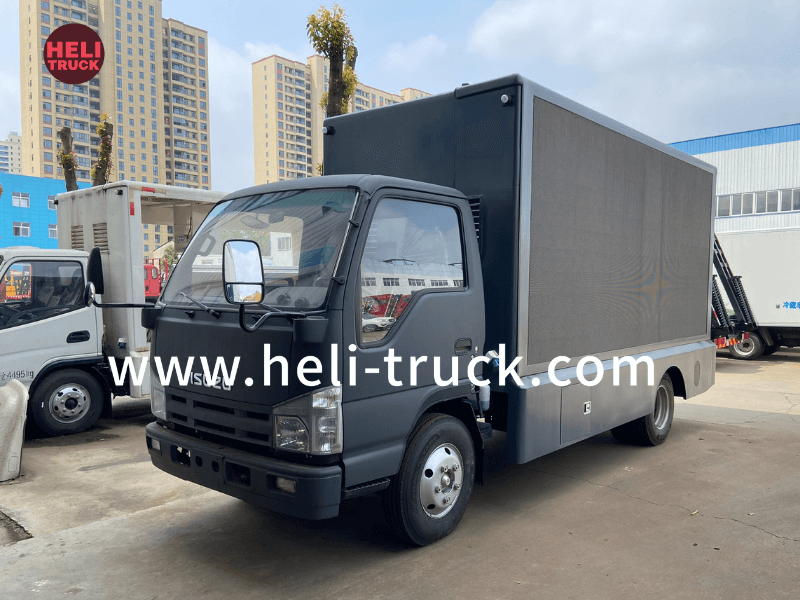Introduction
Vacuum trucks play a vital role in waste management and disposal across various industries, including construction, oil and gas, municipalities, and environmental services. These specialized vehicles are equipped with powerful vacuum systems that can efficiently collect and transport a wide range of waste materials, such as liquids, sludges, and solids. Proper waste disposal planning is essential to ensure that vacuum truck operations are conducted safely, effectively, and in compliance with regulations. In this comprehensive guide, we will explore the key considerations and best practices for waste disposal planning for vacuum trucks.
Understanding Vacuum Truck Operations
Before delving into waste disposal planning, it is important to understand the basic operations of vacuum trucks. These vehicles are equipped with a high-powered vacuum pump that creates suction to collect waste materials from various sources, such as underground storage tanks, sewers, and industrial facilities. The collected waste is stored in a large tank mounted on the truck, which can range in capacity from a few hundred gallons to several thousand gallons.
Once the tank is filled with waste, the vacuum truck must transport the material to a designated disposal site for proper treatment or disposal. Depending on the type of waste being collected, different disposal methods may be required to ensure compliance with environmental regulations and safety standards. Effective waste disposal planning is crucial to managing the entire process efficiently and responsibly.
Key Considerations for Waste Disposal Planning
1. Waste Characterization: Before initiating any waste disposal activities, it is essential to accurately characterize the waste being collected by the vacuum truck. This includes identifying the type of waste (liquid, solid, sludge), its chemical composition, potential hazards, and any special handling requirements. Proper waste characterization is crucial for determining the appropriate disposal methods and ensuring compliance with regulatory requirements.
2. Regulatory Compliance: Waste disposal activities involving vacuum trucks are subject to a wide range of environmental regulations at the local, state, and federal levels. It is essential to understand and comply with these regulations to avoid fines, penalties, and potential harm to the environment. Working closely with regulatory authorities and obtaining the necessary permits and approvals are essential steps in waste disposal planning.

3. Disposal Site Selection: Choosing the right disposal site is a critical aspect of waste disposal planning for vacuum trucks. Garbage Compactor Truck weight limits must have the necessary infrastructure and permits to handle the specific type of waste being collected. Factors to consider when selecting a disposal site include proximity to the collection point, treatment capabilities, capacity, and environmental impact assessment.
4. Transportation Logistics: Efficient transportation logistics are key to ensuring timely and cost-effective waste disposal operations. Factors to consider in transportation planning include route optimization, vehicle capacity, scheduling, and coordination with disposal sites. Proper maintenance of vacuum trucks is also essential to prevent breakdowns and delays in waste disposal activities.
5. Emergency Response Planning: Despite careful planning, unforeseen emergencies can occur during waste disposal operations. It is essential to have a comprehensive emergency response plan in place to address incidents such as spills, leaks, accidents, or equipment failures. Training personnel in emergency response procedures and having the necessary equipment and resources on hand can help mitigate risks and minimize potential harm.
Best Practices for Waste Disposal Planning
1. Conduct a Waste Audit: Before initiating waste disposal activities, conduct a comprehensive waste audit to identify the types and volumes of waste generated, as well as any opportunities for waste reduction, recycling, or reuse. This information will help optimize waste disposal planning and minimize environmental impact.
2. Develop a Waste Management Plan: Create a formal waste management plan that outlines the procedures, responsibilities, and protocols for collecting, transporting, and disposing of waste using vacuum trucks. The plan should include waste characterization, regulatory compliance requirements, disposal site selection criteria, transportation logistics, and emergency response procedures.
3. Implement Waste Minimization Strategies: To reduce the volume of waste generated and improve overall waste management practices, implement waste minimization strategies such as source reduction, recycling, and reuse. By minimizing waste at the source, you can lower disposal costs, conserve resources, and reduce environmental impact.
4. Monitor and Evaluate Performance: Regularly monitor and evaluate the performance of waste disposal activities to identify areas for improvement and ensure compliance with regulatory requirements. Keep detailed records of waste volumes, disposal methods, transportation routes, and any incidents or emergencies that occur during operations.
5. Engage Stakeholders: Effective waste disposal planning requires collaboration with various stakeholders, including regulatory authorities, disposal site operators, waste generators, and local communities. Engage stakeholders early in the planning process to gather input, address concerns, and build partnerships that support sustainable waste management practices.
Conclusion
Efficient waste disposal planning is essential for ensuring the safe and responsible operation of vacuum trucks in collecting and transporting waste materials. By understanding the key considerations, best practices, and regulatory requirements outlined in this guide, waste management professionals can develop comprehensive waste disposal plans that optimize operations, minimize environmental impact, and ensure compliance with regulations. By following these guidelines and continuously improving waste management practices, we can work towards a more sustainable and resilient waste management system for the future.
